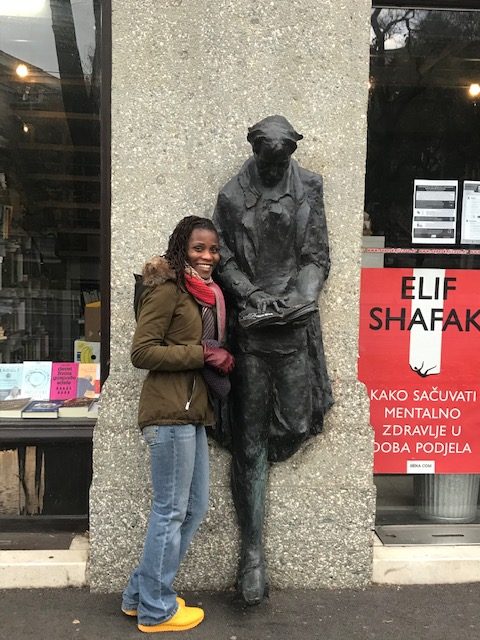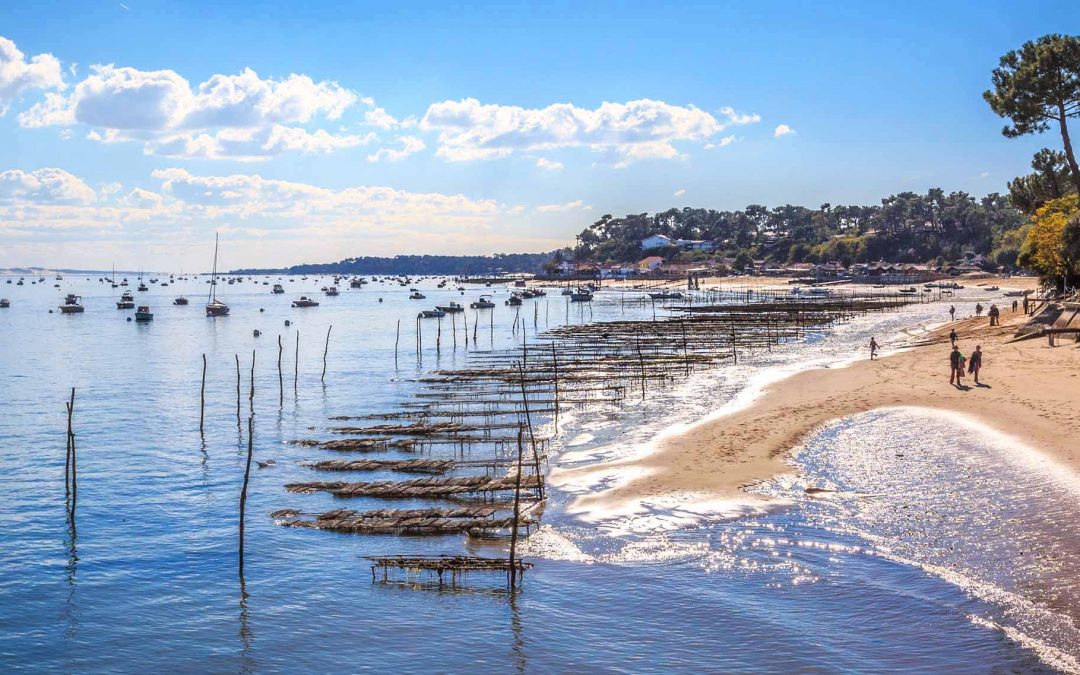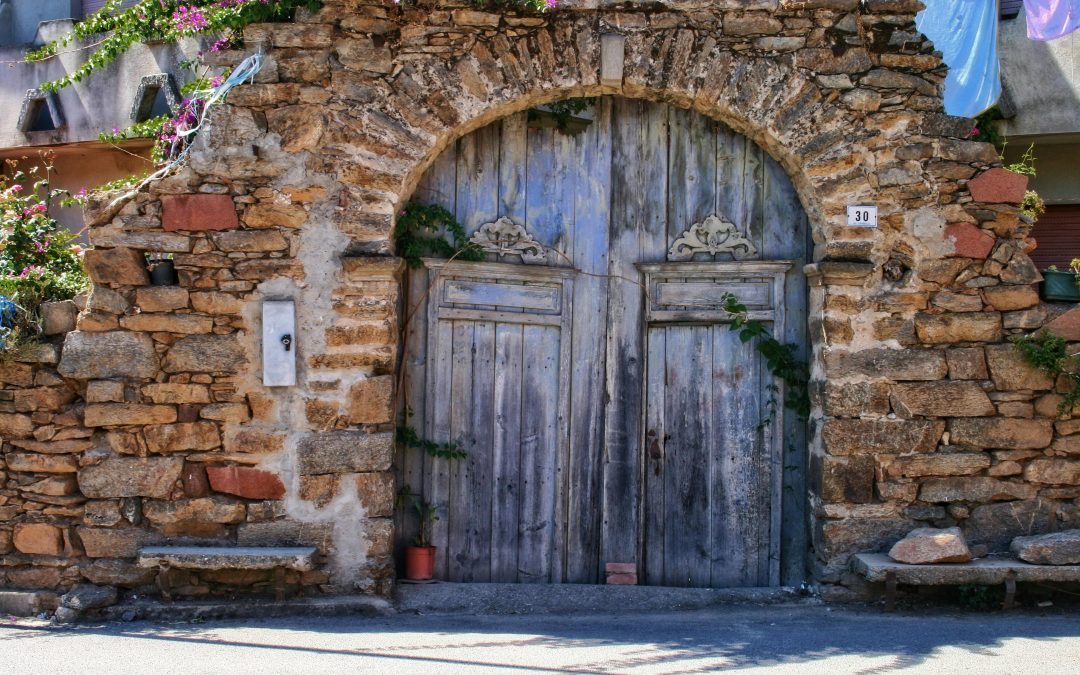
Slow Travel in Sardinia: How Cagliari Teaches Us to Live Longer and Travel Deeper
Introduction: The Soul of Slow Travel
En un mundo obsesionado con la velocidad, viajar despacio es un acto radical. No se trata sólo de tomarse su tiempo, sino de transformar la forma en que experimenta un lugar. Cerdeña, y en particular su capital, Cagliari, ofrecen una clase magistral de esta filosofía. Con su estilo de vida de Zona Azul, sus ritmos mediterráneos y su encanto atemporal, Cagliari invita a los viajeros a detenerse, respirar y conectar.
This blog post explores how slow travel in Sardinia can enrich your life, improve your health, and deepen your understanding of culture. Inspired by feature on Cagliari, we’ll uncover why this southern Italian gem is the perfect destination for travelers seeking meaning over momentum.
1. What Is Slow Travel—and Why Sardinia Embodies It
Slow travel is a mindset. It’s about:
- Spending more time in fewer places
- Prioritizing local experiences over tourist checklists
- Traveling sustainably and mindfully
Sardinia, one of the world’s five Blue Zones (regions where people live significantly longer), naturally aligns with this ethos. In Cagliari, life moves to the rhythm of the sea, the sun, and the seasons. Lunch breaks are sacred, conversations are unhurried, and community is everything.
2. Cagliari: A City That Refuses to Rush
Perched on the southern coast of Sardinia, Cagliari is a city of layers—Roman ruins, medieval ramparts, and modern cafés coexist in harmony. But what sets it apart is its tempo.
In the Castello district, locals gather for porceddu (slow-roasted suckling pig) and red wine. Shops close for lunch, and siestas are still observed. The city’s salt pans shimmer in the distance, attracting flamingos and reminding visitors that nature is never far away.
This isn’t just charming—it’s life-affirming.
3. The Blue Zone Lifestyle: Lessons from Sardinia
Sardinia’s Blue Zone status is no accident. Researchers have identified several factors that contribute to the island’s longevity:
- Plant-based diet: Rich in legumes, vegetables, and olive oil
- Strong social ties: Family and community are central
- Daily movement: Walking, gardening, and manual labor
- Low stress: A slower pace reduces cortisol levels
- Purposeful living: Elders remain active and engaged
Traveling here isn’t just a vacation—it’s a wellness retreat.
4. How to Practice Slow Travel in Cagliari
A. Stay Longer, Explore Less
Instead of hopping between cities, spend a week or more in Cagliari. Get to know the neighborhoods—Castello, Villanova, Marina—and let the city reveal itself gradually.
B. Eat Like a Local
Skip the tourist menus. Visit San Benedetto Market, one of Europe’s largest covered markets, and buy fresh pecorino, olives, and bread. Dine at trattorias where the menu changes daily based on what’s fresh.
C. Walk Everywhere
Cagliari is a walker’s paradise. Stroll along Poetto Beach, hike to the Devil’s Saddle viewpoint, or wander the narrow lanes of the old town. Walking connects you to the city’s rhythm.
D. Engage with Locals
Attend a cooking class, visit a ceramic studio, or simply strike up a conversation at a café. Sardinians are warm, proud, and eager to share their culture.
5. The Power of Place: Why Cagliari Feels Different
There’s something intangible about Cagliari. Maybe it’s the light, the sea breeze, or the scent of myrtle and juniper. But more than that, it’s the feeling of being welcomed—not as a tourist, but as a guest.
This is a city that values presence over performance. You’re not expected to do anything—just to be.
6. Sustainable Travel Starts with Slowness
Fast travel strains resources. Slow travel, on the other hand:
- Reduces carbon emissions
- Supports local businesses
- Preserves cultural heritage
- Encourages mindful consumption
In Cagliari, sustainability isn’t a trend—it’s tradition. From farm-to-table dining to locally made crafts, everything is rooted in place.
7. Sample Itinerary: A Week of Slow Travel in Cagliari
Day 1: Arrival and Orientation
- Check into a boutique hotel like Casa Clàt or Palazzo Doglio
- Enjoy a sunset aperitivo at Libarium on the Castello ramparts
Day 2: Market and Cooking
- Visit San Benedetto Market
- Join a Sardinian cooking class
- Dinner at Sa Domu Sarda
Day 3: Nature and Movement
- Morning walk to Sella del Diavolo
- Afternoon swim at Poetto Beach
- Evening stroll through Villanova
Day 4: Culture and Craft
- Tour the Archaeological Museum
- Visit Ceramica Olianas studio
- Dinner at Luigi Pomata
Day 5: Day Trip to Nora
- Explore ancient ruins and coastal views
- Lunch at Fradis Minoris
- Return for wine tasting at Casa Clàt
Day 6: Community and Connection
- Attend a local event or festival
- Visit a vineyard or olive grove
- Share stories with locals over dinner
Day 7: Reflection and Departure
- Journal at a quiet café
- Take one last walk along the marina
- Depart with a full heart
8. Voices from Sardinia: Travelers Reflect
Maria, 38, Barcelona
“I came to Cagliari for a weekend and stayed for two weeks. I slowed down, ate better, slept deeper. It changed how I travel.”
James, 52, London
“I’ve been to Italy many times, but Sardinia felt different. It wasn’t just beautiful—it was healing.”
Amina, 29, Casablanca
“I learned to make culurgiones with a local grandmother. We didn’t speak the same language, but we laughed and cooked together. That’s slow travel.”
9. Beyond Cagliari: Other Slow Destinations in Sardinia
- Barumini: Home to ancient nuraghi towers
- Pula: Coastal charm and archaeological wonders
- Mandas: Literary village with deep roots
- Chia Beach: White sands and lighthouse views
Each offers a unique slice of Sardinian life—best enjoyed slowly.
10. Final Thoughts: Travel That Nourishes
Slow travel isn’t about doing less—it’s about experiencing more. In Cagliari, you’ll find a city that invites you to linger, to listen, and to live. Whether you’re sipping wine under fig trees or watching flamingos in the salt pans, you’ll feel something rare: peace.
So next time you plan a trip, consider Sardinia. Not for the sights, but for the soul.

Escrito por Kariss
Más de esta categoría

Cap Hurón
Escondido entre el océano Atlántico y la bahía de Arcachon, a Cap Ferret se le suele llamar el “Hamptons francés”. Pero ese apodo apenas araña la superficie. A diferencia de sus primos de la ostentosa Costa Azul, Cap Ferret es un lugar donde el lujo es tranquilo, la naturaleza es la reina y el tiempo se ralentiza en una brisa perfumada de pinos.

Cap Hurón
Escondido entre el océano Atlántico y la bahía de Arcachon, a Cap Ferret se le suele llamar el “Hamptons francés”. Pero ese apodo apenas araña la superficie. A diferencia de sus primos de la ostentosa Costa Azul, Cap Ferret es un lugar donde el lujo es tranquilo, la naturaleza es la reina y el tiempo se ralentiza en una brisa perfumada de pinos.

Cap Hurón
Escondido entre el océano Atlántico y la bahía de Arcachon, a Cap Ferret se le suele llamar el “Hamptons francés”. Pero ese apodo apenas araña la superficie. A diferencia de sus primos de la ostentosa Costa Azul, Cap Ferret es un lugar donde el lujo es tranquilo, la naturaleza es la reina y el tiempo se ralentiza en una brisa perfumada de pinos.
0 Comentarios
Nuestro boletín


0 comentarios